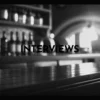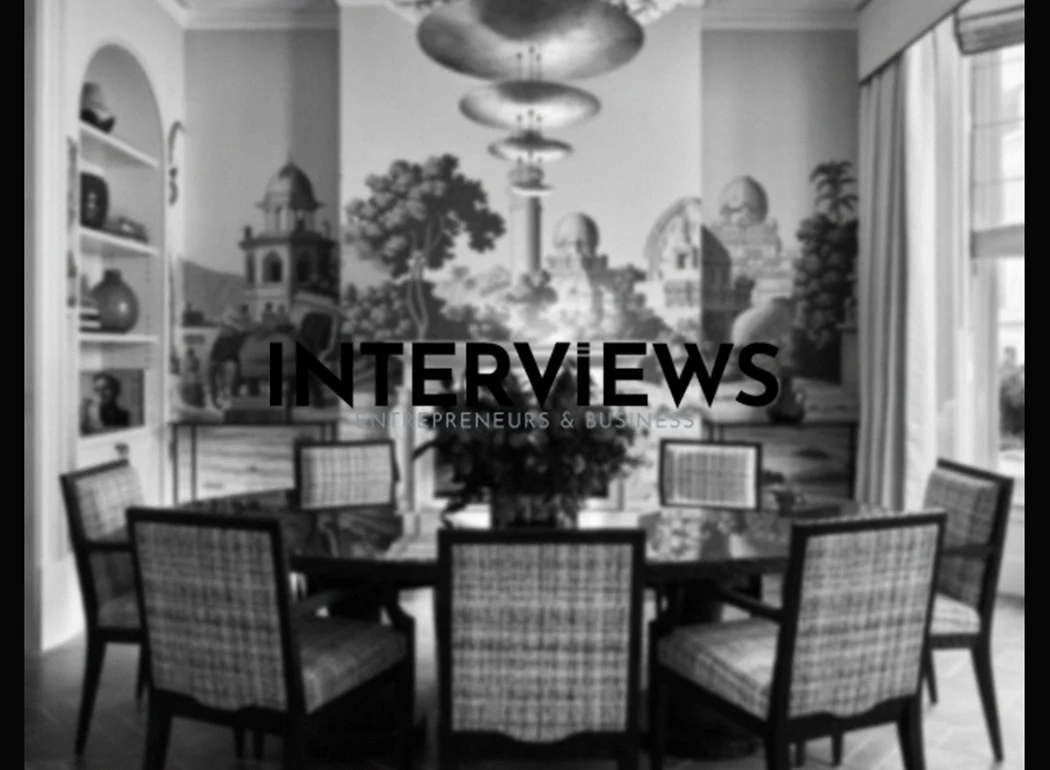Is “Never Eat Alone” Really the Golden Rule? Or Can Solo Dining Be Your Secret Weapon?
Keith Ferrazzi’s book, “Never Eat Alone,” debuted in 2005. It promotes networking as vital in business. Ferrazzi argues that it’s more about connections than knowledge. Building relationships is the key to success.
Ferrazzi shares strategies for career success. He stresses networking within and outside the office. He even recommends having a personal “Board of Directors.” This group consists of mentors and contacts. He advises, “It’s better to give before you receive. And never keep score.” This is sound advice for the professional realm. For more insights, check Goodreads.
His core idea is clear: invisibility can hinder your career. You must connect with others during meals. Breakfast, lunch, or dinner – all matter. Visit Keith Ferrazzi’s website for more on his methods.
But is solo dining truly a social taboo? Let’s explore the psychology behind eating alone.
The Solo Plate: Shame or Sanctuary?
For years, the commandment “never eat alone” has been ingrained in us. The fear? Solo dining indicates loneliness. This stereotype persists. Eating alone is seen as sad, damaging to relationships, and detrimental to communities. Studies show a connection between eating alone and higher depression rates. There are also links to cognitive decline and suicidal thoughts. Quite alarming.
Solo diners may face poor eating patterns. They often have less variety in meals, fewer fruits and veggies, and irregular meal times. Weight issues can arise too. Studies reveal that frequent solo diners may experience loneliness and poor food choices. They can also struggle with overeating and digestive problems.
Another issue is social discomfort. Dining alone can cause solomangarephobia: the fear of eating alone in public spaces, especially restaurants. There is anxiety about judgment from others. Many feel like they occupy a table meant for a couple. In various cultures, communal eating is significant. Dining is a shared experience. In some cultures, public hand-holding is accepted. But public kissing? That might not be allowed.
But Wait! Solo Dining Has Superpowers Too.
Before you abandon solo meals forever, consider the advantages. Eating alone can be a calming experience. It creates space for introspection amidst chaos. There is no forced conversation, just you and the food. This solitude can improve focus on the meal, creating a mindful, restorative moment. It becomes your rhythm, your preference, your moment.
As one person expressed, “Sometimes eating alone feels private and liberating. You may eat anything you want…” Enjoy the freedom! The stigma surrounding solo dining is fading. It’s now acceptable to take pleasure in one’s own company.
Feeling uneasy about dining solo? Here are ideas: people-watch, journal your thoughts, finish that book, or call a friend. Try sitting at the bar for conversation with the bartender. Treat yourself to something delightful and savor every bite. Dress nicely for the experience – why not? Enjoy the moment fully.
Pop Culture & Solo Acts
Pop culture is embracing solo dining as well. The show “You Never Eat Alone” is a Thai BL series. It explores mental health through a unique lens. The main character has a fear of solo meals and needs a dining partner. For a different take on solitude, read “
Food for Thought: Health and Habits
Whether dining alone or with others, consider nutritional needs. Adult women require about 1,800 to 2,400 calories daily. Men need 2,000 to 3,200 calories. For survival, combine beans and rice for protein and carbs. Aim for a balanced diet enriched with fruits, veggies, whole grains, lean proteins, and healthy fats. Avoid trans fats, added sugars, and excessive sodium. Benjamin Franklin once stated: “Eat to live, don’t live to eat.” Proverbs 13:25 reiterates: “The good man eats to live.”
Diet Detours: Paleo and Anti-Inflammatory Pit Stops
What about healthy eating trends? Have you heard of the Paleo diet? It mimics what our ancestors ate: lean meats, fish, fruits, and veggies. It avoids grains, legumes, dairy, and processed foods. Then there’s the anti-inflammatory diet, which promotes whole and minimally processed foods. This includes healthy fats and lean proteins. Conversely, process foods and sugary beverages are discouraged. Avoid foods with little nutritional value, such as those high in fat or refined sugars.
Mnemonic Fun Fact: No Shredded Wheat Necessary
Now for something different: “Never Eat Shredded Wheat.” It’s not about breakfast cereal! This phrase helps remember cardinal directions – North, East, South, West. Never corresponds with North, Eat with East, Shredded signifies South, Wheat means West. Quite a revelation.
Voynich Manuscript Mystery (Because Why Not?)
Now let’s touch on the Voynich Manuscript. Medieval manuscript enthusiasts know this well. Known as “the world’s most mysterious book,” this 15th-century manuscript remains unreadable in its script. The author? Unknown. Its purpose? Still a mystery since rediscovery in 1912. Just something to ponder while choosing lunch.
Relationships: It’s Not Just About Meals
Returning to relationships – Ferrazzi’s niche. Have relationship goals? Create a relationship action plan – 3-5 steps towards your SMART goals. Having troubles? Try “dating” again. Focus on strengthening your bond and let go of unreal expectations. Breakups are common, but statistics show that 40-50% of couples reconcile.
Medical Morsels: Phobia Flashcards
Finally, some medical terminology: Deipnophobia indicates fear of decision-making. Frigophobia describes fear of coldness. And solomangarephobia stands for fear of eating alone in public. Expanding vocabulary can be fun!
“Never Eat Alone” supports networking for success. But don’t undervalue solo meals. They can bring peace and mindfulness. The true secret may be balance: network wisely but also appreciate these solo experiences. Both matter.
For more on Keith Ferrazzi’s insights, visit his Wikipedia page.





